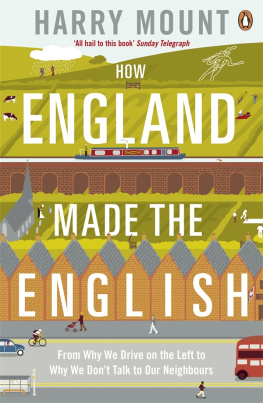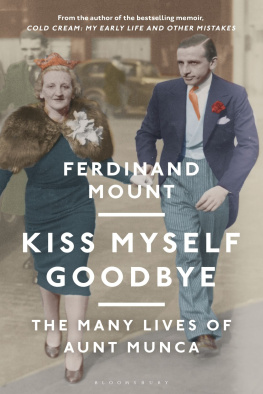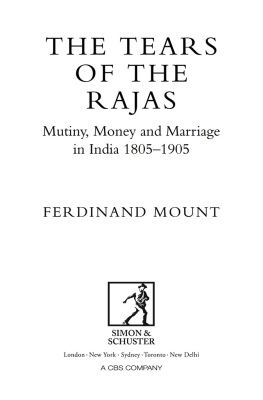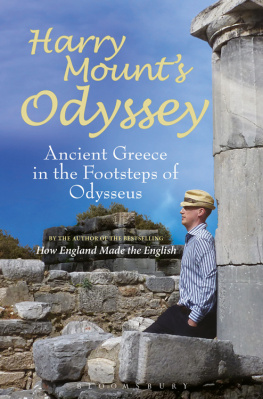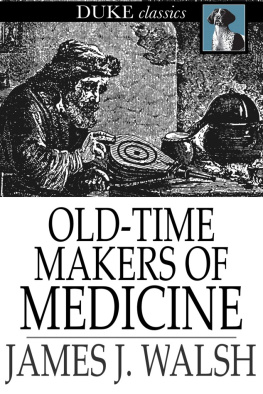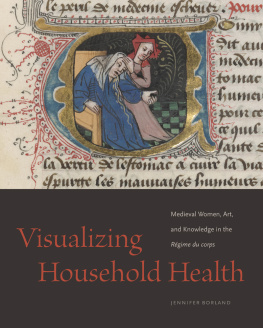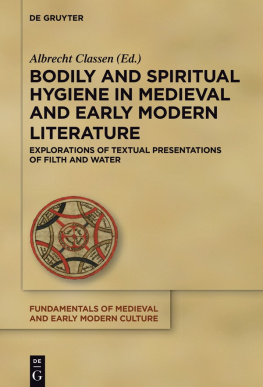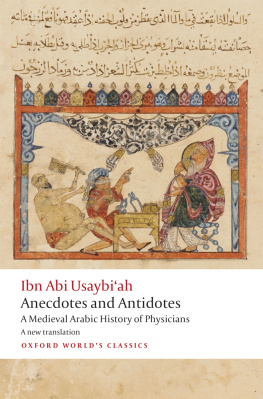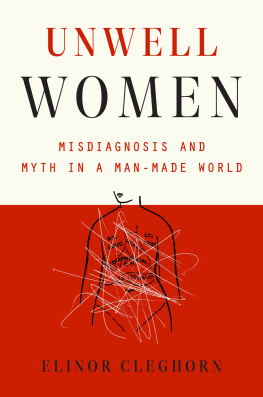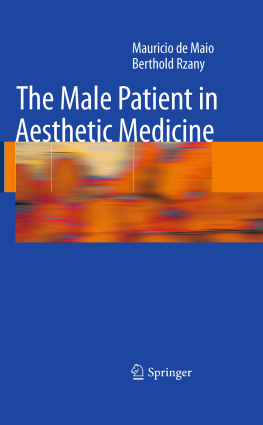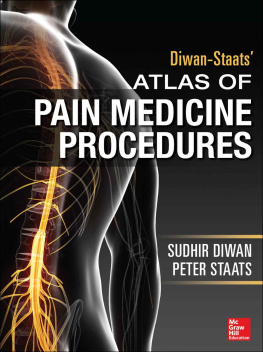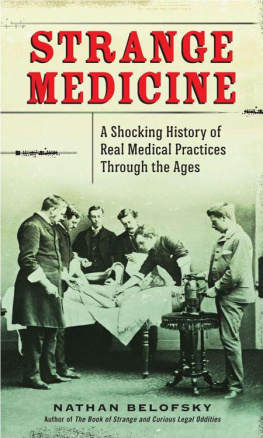To Glenn and all four generations of our family in sickness and in health
First published 2015
Amberley Publishing
The Hill, Stroud
Gloucestershire, GL5 4EP
www.amberley-books.com
Copyright Toni Mount, 2015
The right of Toni Mount to be identified as the Author of this work has been asserted in accordance with the Copyrights, Designs and Patents Act 1988.
ISBN 9781445643830 (PRINT)
ISBN 9781445644103 (eBOOK)
All rights reserved. No part of this book may be reprinted or reproduced or utilised in any form or by any electronic, mechanical or other means, now known or hereafter invented, including photocopying and recording, or in any information storage or retrieval system, without the permission in writing from the Publishers.
British Library Cataloguing in Publication Data.
A catalogue record for this book is available from the British Library.
Typesetting and Origination by Amberley Publishing.
Printed in the UK.
CONTENTS
INTRODUCTION
Delighted as I was to be asked by Amberley to write a book on one of my pet subjects and my MA thesis medieval medicine I realised it was going to be difficult to keep the story within the bounds of some appropriate dates. Medical treatment in some form or another has its origins in prehistory and is still in development today, yet my remit was to extract and tell only the middle chapters of that never-ending quest for health.
The earliest remedies may have been taken instinctively by man, just as cats occasionally eat grass something with no nutritional value for them as an emetic or a laxative, perhaps to rid their gut of the inedible parts of their prey, fur, feathers and bones, or even the furballs accumulated from grooming. So where to begin the story and where to end it?
I decided to begin by looking at the origins of the diseases themselves. Most have evolved from the ailments suffered by other animal and bird species, a process that continues with the advent of Ebola. The natural host species for Ebola was believed to be primates, but a recent discovery suggests it may be bats. Man the hunter-gatherer was generally healthier than man the farmer for three reasons. Firstly, as a hunter, his contact with animals was limited to pursuing, killing and eating them. As a farmer, he lived close to his domesticated livestock, giving their diseases far greater opportunity to make the species jump. Secondly, as a wanderer, the hunter constantly moved on before the local environment became too contaminated with his waste, but the farmer stayed put, making sewage disposal a problem and raising the possibility of his flocks fouling the water supply. Finally, with human populations increasing and living in larger communities, diseases could develop and spread, becoming both endemic and, occasionally, epidemic something that just couldnt happen in the small, mobile family units of the hunter-gatherers. For the stay-at-home farmers, medicine became evermore important and necessary.
The practice of religion and medicine often went hand in hand in early societies and the split between the two happened slowly and reluctantly. By medieval times, the Church was still closely associated with both the training and the conduct of medicine, in practice and theory, but what effect did Christianity have on the ideas and means of treatment?
Then there are the mysteries of diagnosis and prognosis, some of which date back to Ancient Greece, while others are still used in doctors surgeries today. Along the way, this book looks at some of the weird and wonderful remedies weird because they involved magic charms and strange ingredients, from half a mouse to the blood of a dragon, and wonderful because some of them actually worked from the antiseptic spiders webs to the painkilling willow-tree bark and meadowsweet plant. Medieval doctors used other herbs and even animal products, such as snail slime, which only recently have been found to do what was claimed.
Medieval medicine involved other sciences too: astronomy, astrology, alchemy and foretelling the future. All were vital to ensure the correct method was used in treating the patient. This book examines how and why such knowledge was important, how dealing with and tending the wounded on the battlefield advanced medical treatment and anatomy and why progress was often a case of two steps forward and one step back.
The part played by women, whether as the doctor or patient, is explored. How did they deal with pregnancy, contraception and childbirth and what was the role of midwives in medieval forensics? The legal side of medicine was as much in evidence then as now, with cases of malpractice, negligence and the pursuit of unpaid fees being taken to court. Medical practitioners were expected to be upright, moral pillars of the community, but that wasnt always the way things worked out.
At times progress seems to have been nonexistent, with a reliance on ancient textbooks continuing into the early nineteenth century when some aspects of medieval medicine were still being taught and practised. For this reason, knowing where to end this book was as hard as knowing where to begin. Medicine was a field of knowledge full of anomalies, conundrums and riddles and although modern research has managed to unravel some of the mysteries, for every puzzle worked out another seems to take its place.
I hope this book opens up some of these intriguing questions for modern readers, but many of the medical detective stories have yet to be solved. Modern science still doesnt have all the answers. Although it has now been confirmed that the Black Death was definitely bubonic plague, this doesnt explain some of the characteristics of the medieval epidemic, so these matters still need explaining. Sometimes, we literally dont know whodunnit. This is the case with the sweating sickness which raged across England just as the first Tudor monarch began his reign in 1485, only to disappear just as mysteriously in the mid-sixteenth century. Recent research may have nailed the culprit, but the jury has yet to pass judgement.
This book tells the unfinished story of medicine even as some of its medieval practices are currently being revived in mans continuing quest to conquer disease. Leeches are making a comeback in microsurgery and honey is being rediscovered as an effective antibiotic and promoter of healing mechanisms. As the mysteries of medieval medicine continue to be re-examined, who can tell what other strange methods of treatment or unlikely sounding ingredients may prove to be the next wonders of medicine?
Toni Mount
December 2014
1
DIRT, DISEASE AND DANGER
The lane called Ebbegate used to be a right of way until Thomas at Wytte and William de Hockele built latrines which stuck out from the walls of the houses from [which] human filth falls out onto the heads of passers-by.
Evidence from a London court case, 1321
Imagine how revolting that must have been for those unfortunate passers-by, showered in poo while going about their daily work. More importantly, think of the hazard to their health and well-being. Surprisingly, though, the situation that brought about the court case quoted above was a prosecution for nuisance: the inconvenience of people being doused in the latrine contents as they walked beneath in Ebbegate Lane. Despite living in such unhygienic conditions in the crowded streets of fourteenth-century London, the idea that this was a serious health risk was hardly considered, unless the stink became overwhelming.


